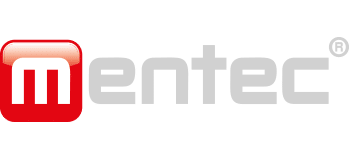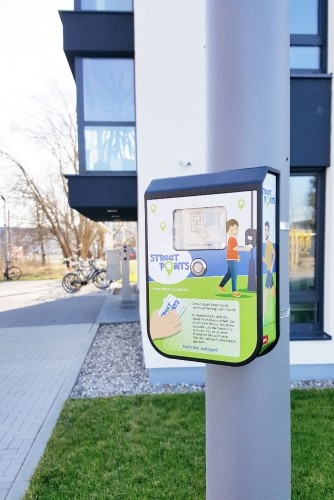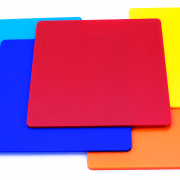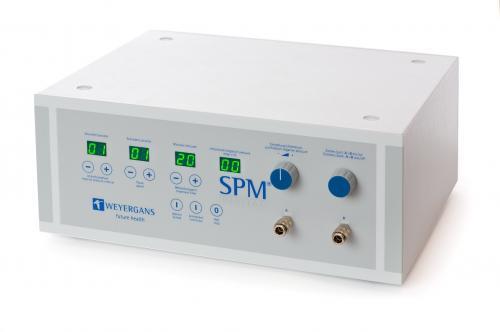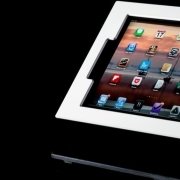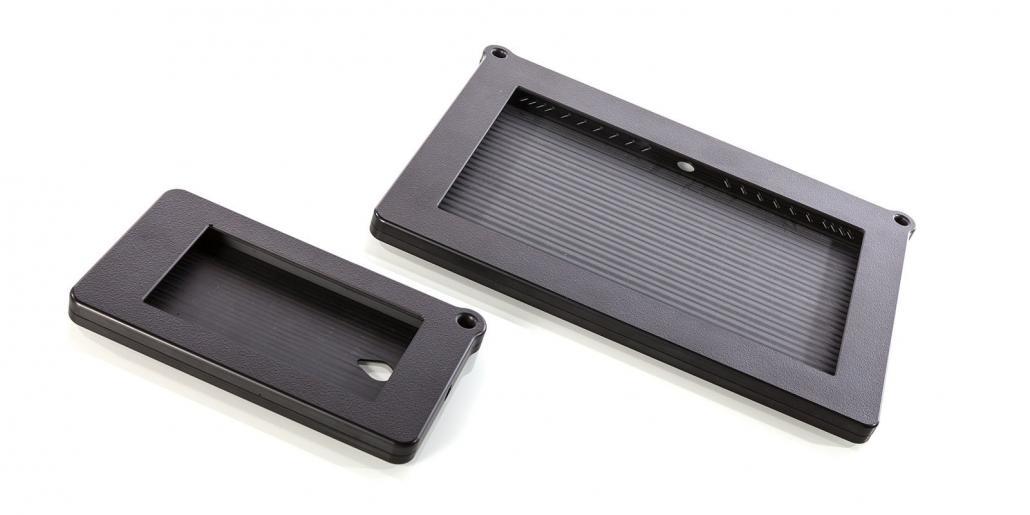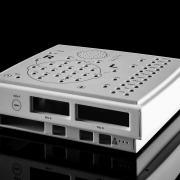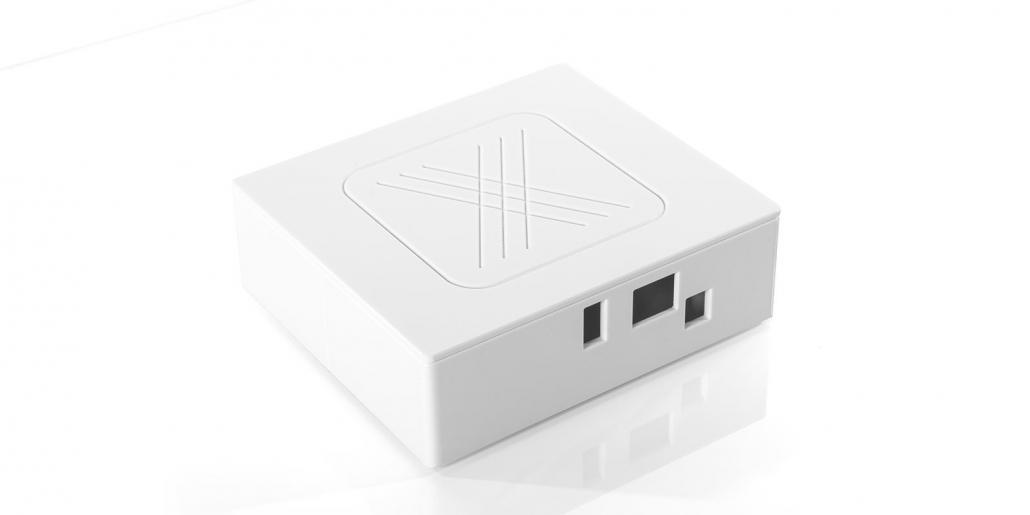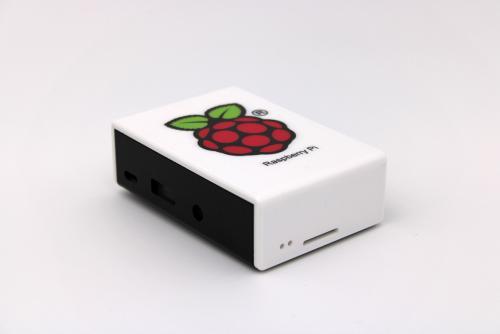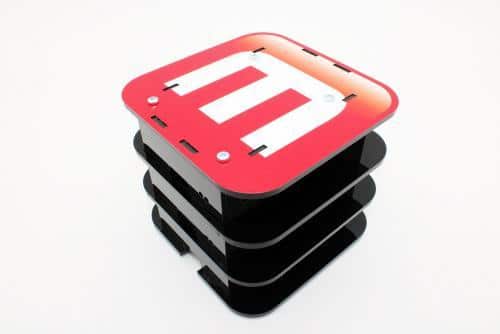What is a silicone keypad?
A silicone keypad is a molded part made of silicone, a complex synthetic polymer that can be formed into various shapes, keys and keyboards. This allows the keypad mat to be embedded in the switching element, as well as to hide and seal the buttons underneath. The stroke and the pressure force of the keys of a silicone keypad can be designed differently according to the customer’s requirements.
What are the technical characteristics of a silicone keypad?
Silicone is an extremely flexible and robust material that is resistant to mechanical stress, solvents and UV radiation. An abrasion protection in the form of a varnish can be applied to the keypad mat in order to make the surface even more resistant to environmental influences. The shaping of silicone for a keypad mat is very flexible, similar to the injection moulding process, and allows the production of different key heights and shapes, compressive forces, convex and concave keys and different key colours.
Where is the keypad used?
The silicone keypad is used in the most diverse areas of enclosure technology. Silicone keypads are easily backlit, which is an advantage for devices that are used in the dark or in twilight. Tactile feedback when a button is pressed is a basic feature that provides a handy pressure point when working with gloves, for example. Even smaller keyboards with correspondingly small keys give a sensation of pressure.
Depending on the design of the keys in the keypad mat, they can be manufactured with a service life of over one million cycles. It is also possible to combine the membrane keypad and silicone keypad so that the silicone operates the button of the membrane keypad.
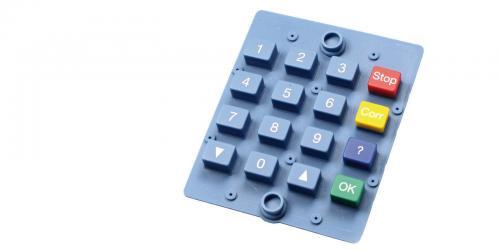
What are the alternatives in practice?
On one hand there is the membrane keypad and on the other hand the touch screen and the classic plastic push button. If the different technologies are evaluated, it is necessary to take into account how much space is available in the plastic housing, what functionality is expected and what the input system has to achieve.
In which areas does mentec use the silicone keypads?
The use of keypad mats is cross-departmental. Silicone keypads are frequently used in mentec customer projects such as plastic housings in the fields of measurement technology, mechanical engineering, communication and telecommunications.
What are the advantages?
The manufacturing costs of this component are significantly lower compared to individual keys, even in small and medium series. The design of a keypad mat is individual and 100% adapted to customer needs. It can represent both a seal for the device and an input and switching element.
